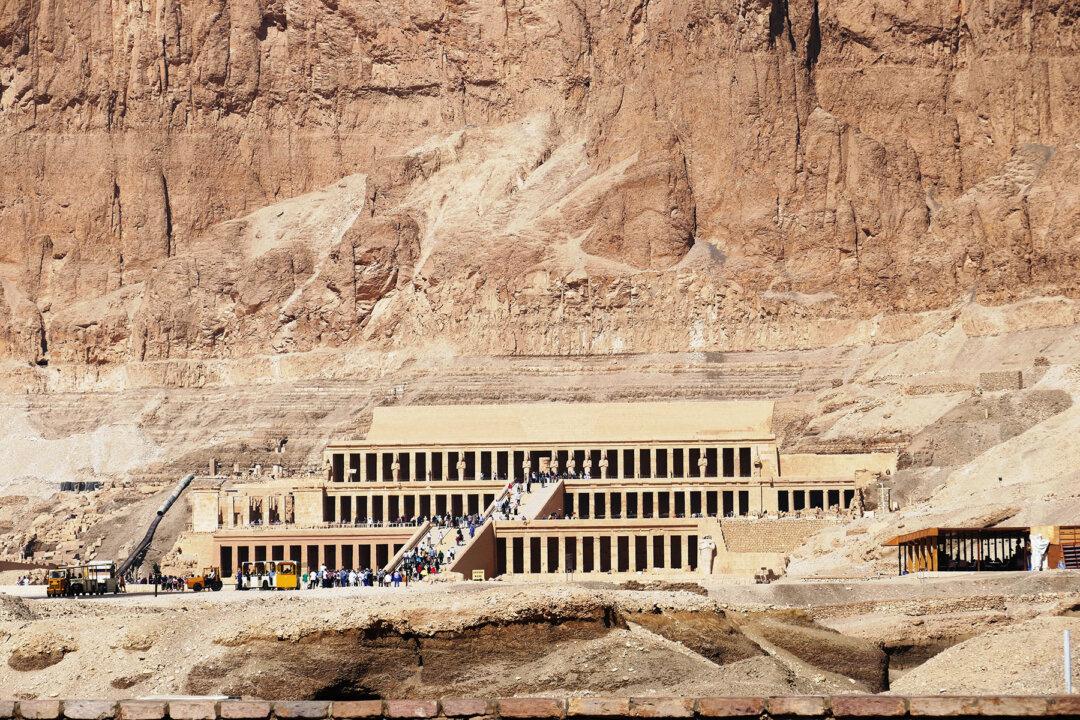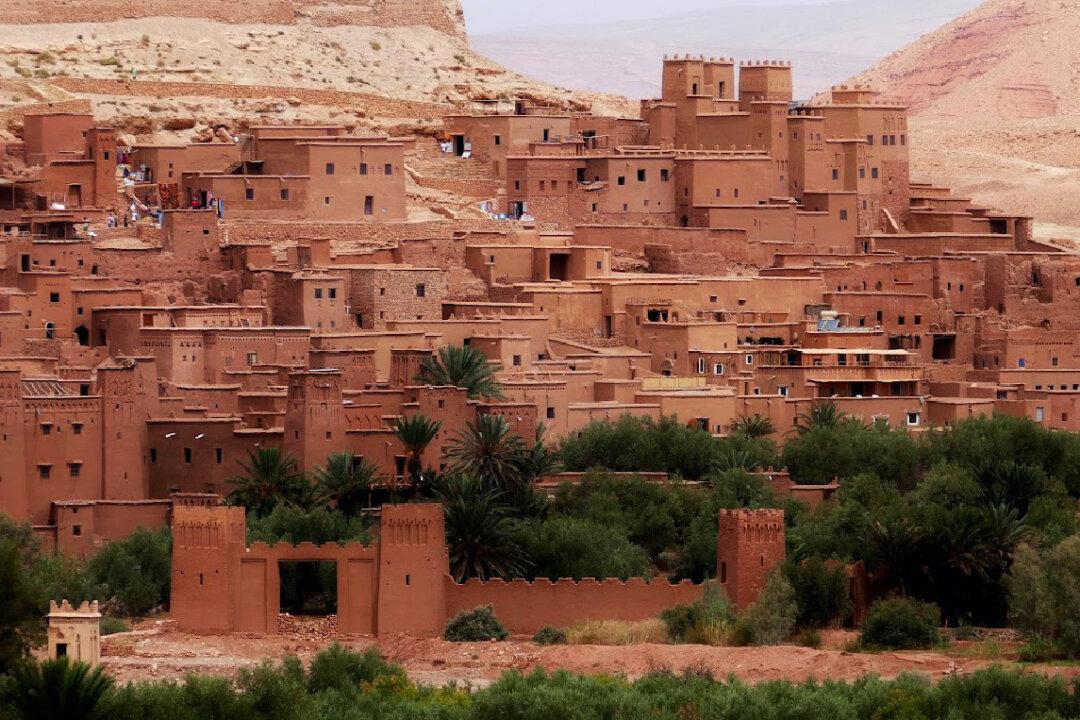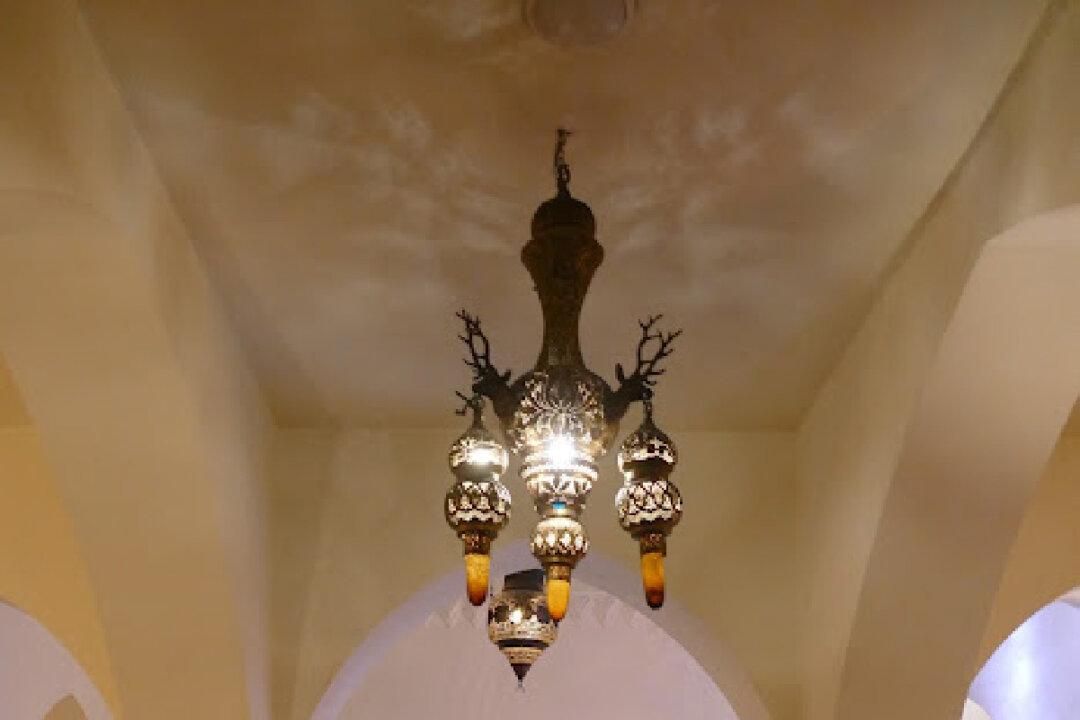Luxor, Egypt, bills itself as the world’s greatest open-air museum, and everything my husband and I saw during our visit supported this claim. The temples and tombs date back to the heyday of early architecture, about 2755 B.C., and more monuments remain here than anywhere else in the world.
Originally called Thebes, the city was once Egypt’s capital.
We first visited the Luxor Museum to get an idea about what we would be seeing. It was a stop worth making because we saw relics and statuary from this historic place, as well as mummies of some pharaohs and items from the tomb of King Tutankhamun.
Not far away was Luxor Temple, and here our guide, Sameh Samir, gave us a valuable lesson about how a temple is laid out. It turns out that once you understand one, you can navigate them all.
They all face the Nile, and the approach is often by way of a path past rows of sphinxes that protect the door. The large facade is called the pylon. Two huge towers represent hills with a lower horizon between them. A statue of the ruler at the time of its buildings is often outside, and flags fly overhead. Next, comes the inner courtyard, whose walls are adorned by images of the pharaoh in battle. This is the only place where ordinary people were allowed and then just on festival days.
Otherwise, the pharaoh, the highest priest on earth, was the sole person who could go inside to commune with the gods.





